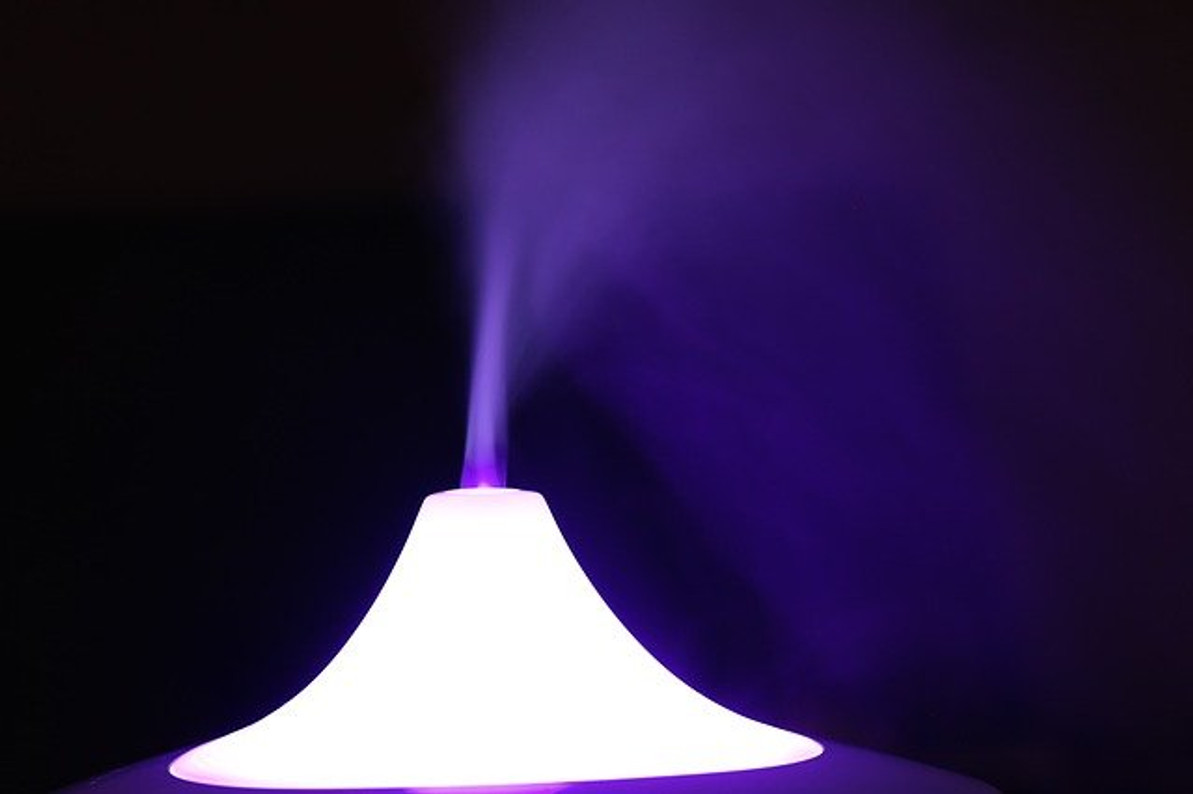Dry Indoor Air: How to Combat Low Humidity During the Winter
Indoor humidity levels tend to drop during the latter part of the year. Your home may have a comfortable relative humidity of 50% throughout the spring and summer months. When winter arrives, though, you may notice the relative humidity to drop to 30% or below.
Cold air doesn't hold as much moisture as warm air. Therefore, indoor humidity levels are usually the lowest during the winter months. Exposure to this dry air can cause a myriad of problems, such as dry skin, nosebleeds, headaches and more. How do you combat low humidity during the winter exactly?
Insulate Your Home
The more insulation your home has, the better it will be protected against dry air. Insulation acts as a barrier that separates your home from the cold and dry outdoor air. If your home is poorly insulated, airborne moisture vapor will escape.
For better protection against dry air, make sure your home is insulated. It should have insulation in the basement or crawlspace, the walls and the attic. If insulation is missing in any of these areas, consider adding it. Insulation is relatively cheap -- and you don't need a professional contractor to install it. Using some basic hand tools, you can install insulation yourself.
Leave Off the Exhaust Fan When Showering
When taking showers, avoid using the exhaust fan. Most bathrooms have an exhaust fan. It's designed to extract air from inside the bathroom to outside. For a higher humidity level, you should leave off the exhaust fan when showering.
Taking a shower will produce moisture vapor that rises into the air. With the exhaust fan off, this moisture vapor will increase your home's humidity level. Turning the exhaust fan, conversely, will remove the water vapor, resulting in drier air.
Take Advantage of a Humidifier
You can use a humidifier to combat dry indoor air during the winter. Humidifiers work in the opposite way of dehumidifiers. While dehumidifiers remove moisture vapor from the air, humidifiers add it. With a humidifier installed, your home's humidity level will increase. The humidifier will release moisture vapor that saturated the air.
Keep in mind that a humidifier requires a water supply. Most of them have a storage tank that you can refill with water. Once the humidifier has depleted the water in this tank, it will no longer produce water vapor. Therefore, you'll need to refill the water tank to ensure your humidifier works as intended.
Recent Posts
-
Fire Safety in the Workplace: What You Need to Know
What steps are you taking to prevent fires in your workplace? According to the U.S. Occupational Saf …Aug 23rd 2023 -
Is It Safe to Go Jogging With a Cold Infection?
If you're suffering from a cold infection, you might be wondering whether it's safe to go jogging. T …Aug 22nd 2023 -
5 Safety Tips to Follow When Using a Powder-Actuated Tool
Powder-actuated tools are commonly used to join materials to steel and concrete. Also known as Hilti …Aug 20th 2023




